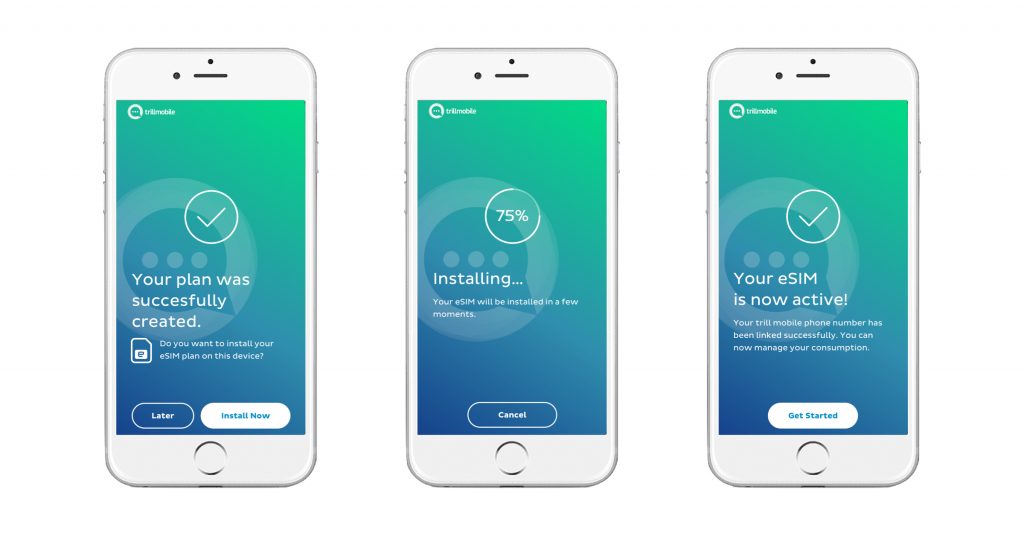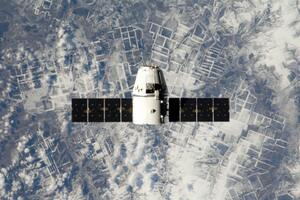Access to the internet is still an issue for many people across the globe the most recent data collected by DataReportal revealed that just over 40% of the world’s total population don’t have it. In a world where digitalisation is gaining traction, internet connection is often perceived as an essential utility.
So, what’s the deal with rural connectivity, and what should telcos be doing to bridge the geographical divide? Here, Hamish White, CEO of telecommunications software provider, Mobilise investigates.
Mobile internet access provides deployment and coverage flexibility that cannot be matched using fixed broadband, which is typically unaffordable or completely unavailable in rural areas. Therefore, mobile connectivity is the only feasible pathway to internet access. However, simply having a mobile phone is no good if the area has no network coverage, and this is where the problem with rural connectivity lies, how can telcos connect the unconnected?
Diving into the digital divide
A digital divide refers to a scenario where there is unequal access to communication technologies. It is a multifaceted issue, as those who are not connected can be split into two groups, the uncovered and the covered but not connected.
The uncovered population live in an area where there is no mobile network, so even if they owned a device that could connect them to the internet, there is no infrastructure in place to enable connectivity. The covered but not connected population live in an area of network availability but cannot access the internet for a variety of reasons such as affordability or technology literacy.
Affordability of mobile access can be split into the affordability of data and the affordability of devices. The United Nations Broadband Commission has set a global target to make entry level data services less than 2% of the monthly income per capita by 2025. Device affordability is improving due to the increased availability of lower cost smartphones and smart feature phones such as JioPhone Next. These are steps in the right direction to empower the rural population to reap mobile connectivity’s benefits.
Bridging the gap
Operators need to consider how technological developments could help them to bridge the gap in the long-term while keeping operations economically viable. Operators need to determine how to reduce the cost of deploying and operating networks in remote areas.
The challenge lies in backhaul connectivity, which refers to the portion of the network that links a base station to the core network. Traditional backhaul connectivity is achieved through microwave technology or physical full fibre cables, but in rural areas, where there may just be a handful of people, the distance, terrain, and cost make these strategies unviable.
Instead, the solution could lie in a low Earth orbit (LEO) satellite network. LEO satellites offer backhaul connectivity on a global scale. Instead of connecting each individual small village with microwave or fibre, a LEO satellite network allows blanket global coverage for backhaul purposes. LEO satellites consist of many thousands of satellites orbiting the Earth at lower altitute, which allows them to offer bandwidth and latency far superior to MEO or GEO.
Many satellite companies are investing in this technology in a bid to bridge the digital divide. OneWeb, the UK.gov backed satellite company, is currently building a global system aimed at network operators that will be available by the end of 2022, while SpaceX’s Starlink is sold directly to customers and is already operational across 22 countries with plans to expand across the world over the coming years.
Selling directly to consumers is rare, but could this model be the key? Deploying a solution that consists of radio connectivity via WiFi and mobile combined with a satellite receiver for backhaul via the LEO satellite network would offer operators a more efficient deployment model for rural areas. And as LEO satellite networks scale, the economics of satellite transport costs will also improve. In an increasingly supportive regulatory environment, perhaps there’s a chance that regulators and governments could invest to support this model as a viable, sustainable, long-term solution to bridge the digital divide?
Let’s go digital
While eliminating the rural-urban connectivity gap helps citizens to take advantage of digital services, it’s also worth considering how digital tools can in turn support rural connectivity. Onboarding remote customers is not a simple task store collection or postal delivery are not viable. However, going digital and with an eSIM solution enables telcos to establish a remote sales process to instantly onboard their customers directly from their device without any physical interactions.

eSIM-capable devices are growing in popularity, although they are typically premium smartphones that are unaffordable for low-income populations. However, the affordability of eSIM devices looks like it’s starting to change. Although still within the premium price range, Apple’s iPhone SE and Google’s Pixel 3a are lowering the entry point for eSIM adoption. If this trend continues and some eSIM capability is included in affordable devices, like the JioPhone Next, the entire onboarding process for rural customers could be done digitally.
eSIMs eliminate the need for a physical SIM card. Instead, device authentication can be enabled by downloading network authentication credentials that can be permanently embedded into a device. Mobilise’s M-Connect white-labelled platform includes its latest offering, eSIM as a Service which allows telcos to offer eSIMs to customers. In conjunction with network expansion, M-Connect would allow telcos to onboard customers in any remote location without the logistics of delivering any physical components.
In a world increasingly dependent on technology, bridging the geographical digital divide has become an urgent issue that needs to be resolved. We are all responsible network operators, regulators and software providers for growing mobile penetration rates and to ensure the benefits of the internet are available to all, regardless of their location.
The author is Hamish White, CEO of telecommunications software provider, Mobilise.
Comment on this article below or via Twitter: @VanillaPlus OR @jcvplus






